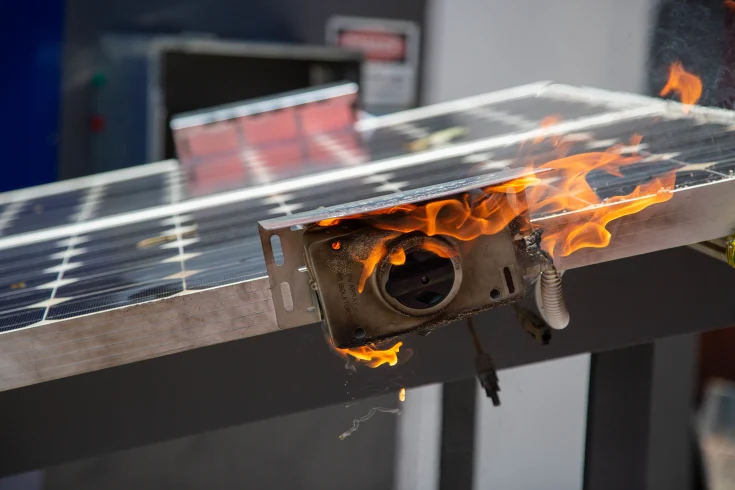A Transparent Look at Payback and Performance
With the Federal Government’s battery rebate now available, many households are wondering whether a home battery makes financial sense—especially in Tasmania. This blog lays out a realistic, no-nonsense guide to help you decide, using up-to-date pricing, rebate info, and practical scenarios.
A Common Scenario: Retrofitting a Battery in Tasmania
Let’s look at a typical case: adding an 8 kWh AC-coupled battery to an existing solar system.
Tariff assumptions:
- Battery size: 8 kWh
- Peak rate: 35.84¢/kWh
- Off-peak rate: 16.69¢/kWh
- Feed-in tariff: 8.9¢/kWh
Data from Aurora Energy 2024–25 tariffs and current Tasmanian feed-in rates.
Estimated Annual Savings
- Solar charging benefit: $625.05
- Off-peak weekday charging (2 kWh/day): $104.00
- Total estimated savings: $729.05/year
This assumes the battery is fully charged by solar daily, with weekday top-ups from off-peak power to cover evening use.
Installation Options & Payback Periods
| System Type | Cost After Rebate | Payback Period |
|---|---|---|
| AC-coupled retrofit battery | $6,800 | ~9.3 years |
| DC module (for modular system) | $3,447 | ~4.7 years |
| New solar + battery system | $2,729 | ~3.7 years |
Breakdown of Each Option
AC-Coupled Retrofit Battery
- Ideal for homes with existing solar but no hybrid inverter
- Requires a separate inverter and extra installation work
- Highest cost and longest payback
DC Module for Modular Systems
- For homes with an existing hybrid-ready system (e.g. Sigenergy, Sungrow)
- No extra inverter or switchboard upgrades
- Scalable and easier to install
New Solar + Battery System
- Best option when starting from scratch
- Single inverter system, simpler and cheaper to install
- Fastest payback and best overall value
What Else Should You Consider?
- Battery degradation: Lithium batteries typically lose 2–2.3% capacity per year (Geotab Battery Study).
- Rising power prices: Wholesale electricity in Tasmania rose 67% in early 2025 due to low hydro levels.
- Dropping feed-in tariffs: You now get only 8.9¢/kWh for exported solar, making self-use more valuable.
About the Rebate
The Federal Government’s Household Energy Upgrades Fund offers:
- $330 per kWh battery rebate (up to $2,640 for 8 kWh)
- Low-interest loans to help with installation
- National rollout prioritizing middle-income households
You can read more about the rebate here.
Final Thoughts
Battery economics in Tasmania are changing. With the new rebate and careful system choices:
- New solar + battery setups can pay for themselves in under 4 years
- Modular battery upgrades pay back in ~5 years
- AC-coupled retrofits are still viable with ~9-year payback
Want Personalised Advice?
We’re here to help with real, no-pressure advice and system modelling based on your actual usage.


